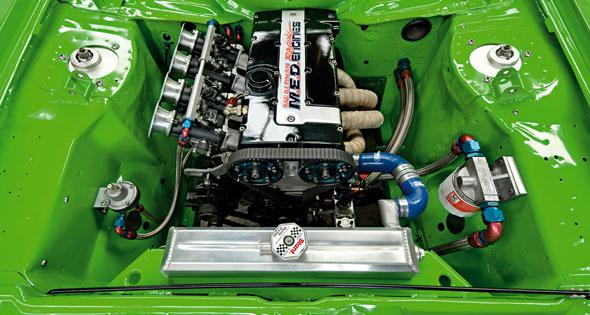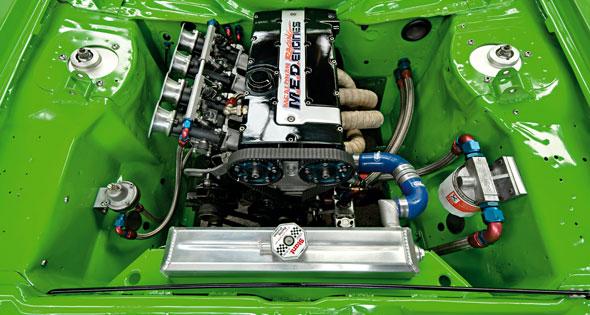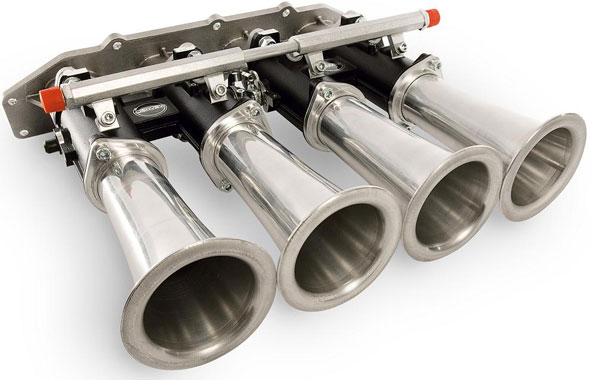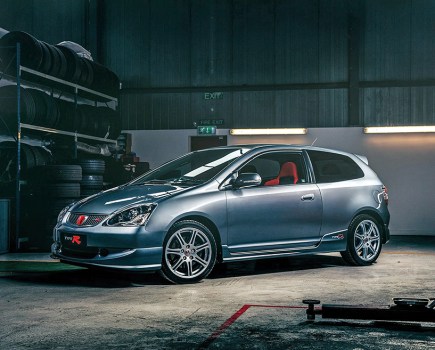THROTTLE BODIES – HISTORY
Lifted directly from the world of motorsport, throttle bodies are designed to improve the flow and increase the amount of air/fuel mixture entering the combustion chamber. The engineering involved with producing a set of throttle bodies is immensely complicated. There are a number of factors that need to be taken into consideration to make the perfect set of throttle bodies for a specific application.
THROTTLE BODIES – GET SOME
You can fit individual throttle bodies to pretty much any type of combustion engine. Most of the time it’s having the space to house the trumpets that is the issue. You can even fit ITBs to forced induction engines, and although they will obviously need enclosing in a plenum chamber to hold the boost, the basic principles still apply. Prices start at around £800, but the majority of the time you’ll also need a standalone ECU to run them. While you’ll see good gains in peak power, in conjunction with a good map it’s the driveability of your ride that will ultimately benefit the most. Give Jenvey a call if you’re serious about ITB tuning.
THROTTLE BODIES – HOW THEY WORK
Most standard production cars come equipped with one single throttle body that controls the amount of air entering the engine. The most common type is a throttle butterfly, which opens and closes depending on throttle position, thus altering the amount of air able to pass. Some performance cars will be fitted with multiple throttle bodies. These work in the same way and the throttle butterflies still control the amount of airflow, but rather than one single large body controlling the air for all the cylinders, there are bodies for each individual cylinder. The units tend to be much smaller and a complicated linkage is required to open the throttle butterflies simultaneously, but they offer greater airflow and much better control than that of a single unit. However, what’s more important than all of that… they make your engine sound awesome!
YOU WHAT? – TRUMPETS/ AIRHORNS/ STACKS/BELLMOUTHS
All of the above are the same thing and are the various names for the circular inlets that funnel the air into the induction system as smoothly and as fast as possible. Some are carbon, others are plastic and lots are alloy.









